8 Ways a Chess Game can End Explained in Detail - Remote Chess
Por um escritor misterioso
Last updated 03 janeiro 2025

Chess is a strategic board game that has been played for centuries. It involves two players who compete against each other using different pieces, each with their own unique attributes and movement patterns. The objective of the game is to checkmate the opponent’s king, which means placing it under attack in such a way that it cannot escape capture. However, there are various ways a chess game can end, and this article aims to explore them in detail Checkmate: The Ultimate Victory Checkmate is the ultimate goal in chess, signifying a decisive victory. It occurs when the opponent’s king is trapped with no escape, resulting in an immediate win. Mastering Basic Checkmate Patterns Learn essential checkmate patterns like the “back-rank checkmate,” “smothered mate,” and “corridor mate” to ensure victory. Fool’s Mate: The Quickest Checkmate Discover the fastest checkmate possible, Fool’s Mate, a two-move trap that teaches the importance of protecting your king from the start. Scholar’s Mate: Beginner’s Trap Beware of Scholar’s Mate, a common trap in the early game that surprises opponents. Learn how to avoid it with solid opening moves and defense. Here is how to punish the Scholar’s Mate. Checkmate with Different Piece Combinations Unleash the power of various piece combinations, such as bishops, knights, rooks, and queens, to strategically deliver checkmate. Stalemate: The Unforeseen Draw Stalemate is a draw in chess that occurs when the player whose turn it is to move has no legal move available, but their king is not in check. In this situation, the game ends in a draw, and neither player achieves victory. Stalemate is an often unexpected and surprising outcome, as it can save a player from an otherwise imminent defeat. Read more about Stalemate HERE. To avoid falling into a stalemate trap, players must be able to recognize the different stalemate positions that can arise during a game. These positions often involve situations where the player’s pieces are unable to move due to the restricted mobility of their own king or the opponent’s pieces. Recognizing these positions can help players avoid unintentional stalemate and maintain winning chances. Common Scenarios Leading to Stalemate One common scenario that can lead to stalemate is when the player successfully traps the opponent’s king, leaving them no legal move to escape. While this may seem like a victory in the making, if the trapping player is unable to deliver checkmate, the game will end in a stalemate. Another scenario occurs when the player stalemates the opponent’s king deliberately. This tactic can be employed as a defensive strategy when the player realizes they are losing, but they can force a stalemate instead. Stalemate can be an effective tactic for salvaging a draw from a lost position. Draw by Agreement: The Peaceful Resolution In chess, players have the option to agree to a draw during a game if both parties believe that the outcome is unlikely to be altered. This can be a result of a balanced position, lack of progress from either side, or a mutual understanding that the game has reached a point where neither player can achieve victory. When and Why Players Agree to a Draw Players may agree to a draw in various situations. It can occur when both players have equal material and no clear path to checkmate, or when one player feels that they have exhausted all possibilities for a win. Additionally, players might agree to a draw if they are running low on time or if they are engaged in a long and grueling game. Psychological Aspects of Offering or Accepting a Draw Offering or accepting a draw can have psychological implications for both players. It may indicate a sense of satisfaction with their performance, a desire to avoid potential risks, or a strategic decision to conserve energy and focus on future games. Insufficient Material: The Drawn Endgame In chess, insufficient material refers to certain endgame situations where neither player has enough pieces to deliver checkmate. The rules stipulate that if one or both players have only their kings on the board or are left with specific piece combinations that cannot achieve checkmate, the game is declared a draw. Here is a detailed explanation about Insufficient Material. Scenarios Where Insufficient Material Can Lead to a Draw Insufficient material can lead to a draw in several specific scenarios where neither player has enough firepower to force checkmate. These scenarios often involve the endgame, where the number of remaining pieces decreases, leaving players with limited options for checkmating the opponent. Key Position Types Resulting in a Draw Due to Insufficient Material Several key positions can result in a draw due to insufficient material. If both players are only left with their kings on the board, the game is automatically a draw. Similarly, if a player has only a king and a bishop or a king and a knight while the opponent has only a king, the game will result in a draw. These positions often lack the necessary resources to force checkmate, and therefore, result in a draw. Tactics to Utilize or Avoid Insufficient Material for a Draw When faced with insufficient material, players must adapt their strategies to maximize their chances of securing a draw or avoid falling into a drawn position. They must be aware of the limitations of their material and try to create complications, threats, or tactical motifs to keep the game alive. Threefold Repetition: The Repetitive Stalemate The threefold repetition rule states that if the same position occurs on the board three times with the same player to move and all the same legal moves available, the game is declared a draw. This rule helps prevent players from repeating the same moves in an attempt to avoid losing or to force a win. Identifying Positions Leading to Repetitive Stalemate Players must watch out for positions that have the potential to lead to repetitive stalemate. This often occurs when the players are engaged in a series of checks or when they enter into a strategic standoff, […]

The Ultimate Queen's Pawn Opening Guide - Chessable Blog
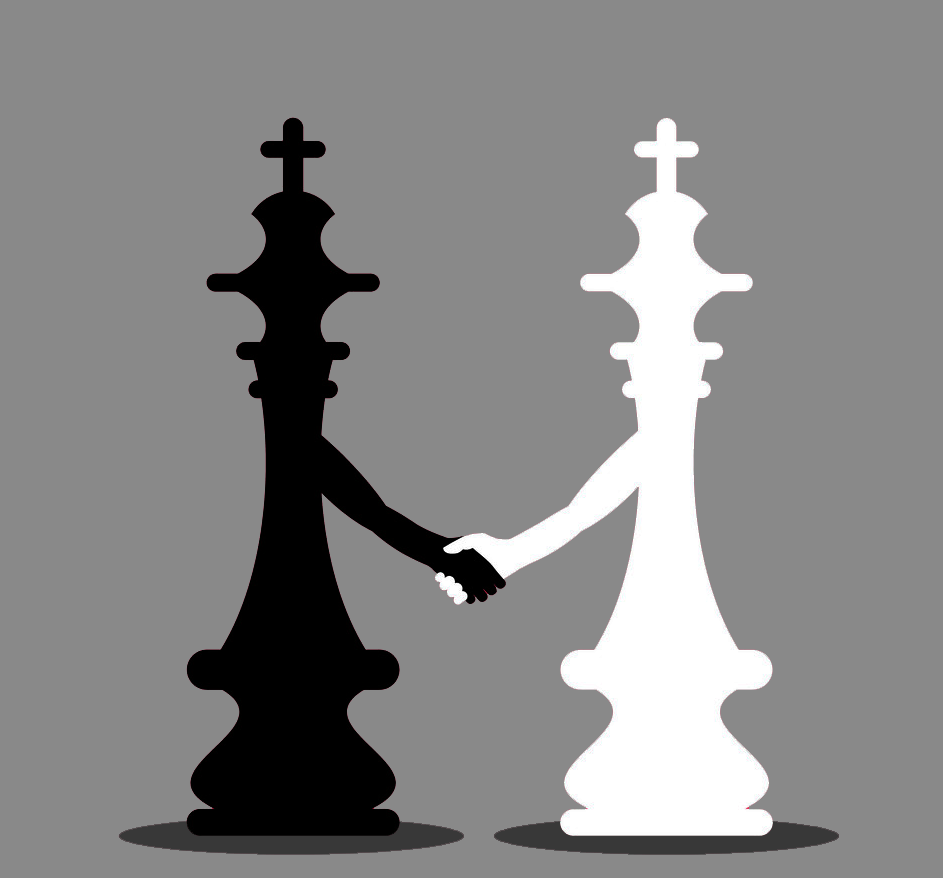
Eight ways in which any chess game can end — Mind Mentorz

How to Play Chess : 14 Steps (with Pictures) - Instructables

J. Imaging, Free Full-Text

PHANTOM. The Robotic Chessboard Made of Real Wood by Wonder Substance — Kickstarter

Magnus Carlsen: He can play 20 games at once blindfolded but can't drive
ALL IN ONE - Looking for a chess set that will cover all of your chess game essentials? This chess set includes a folding chess board, Staunton style

Fun+1 Toys! Wooden Chess Set for Adults and Kids, 15 Portable Chess Board Set with Chess Pieces & Drawstring Bag
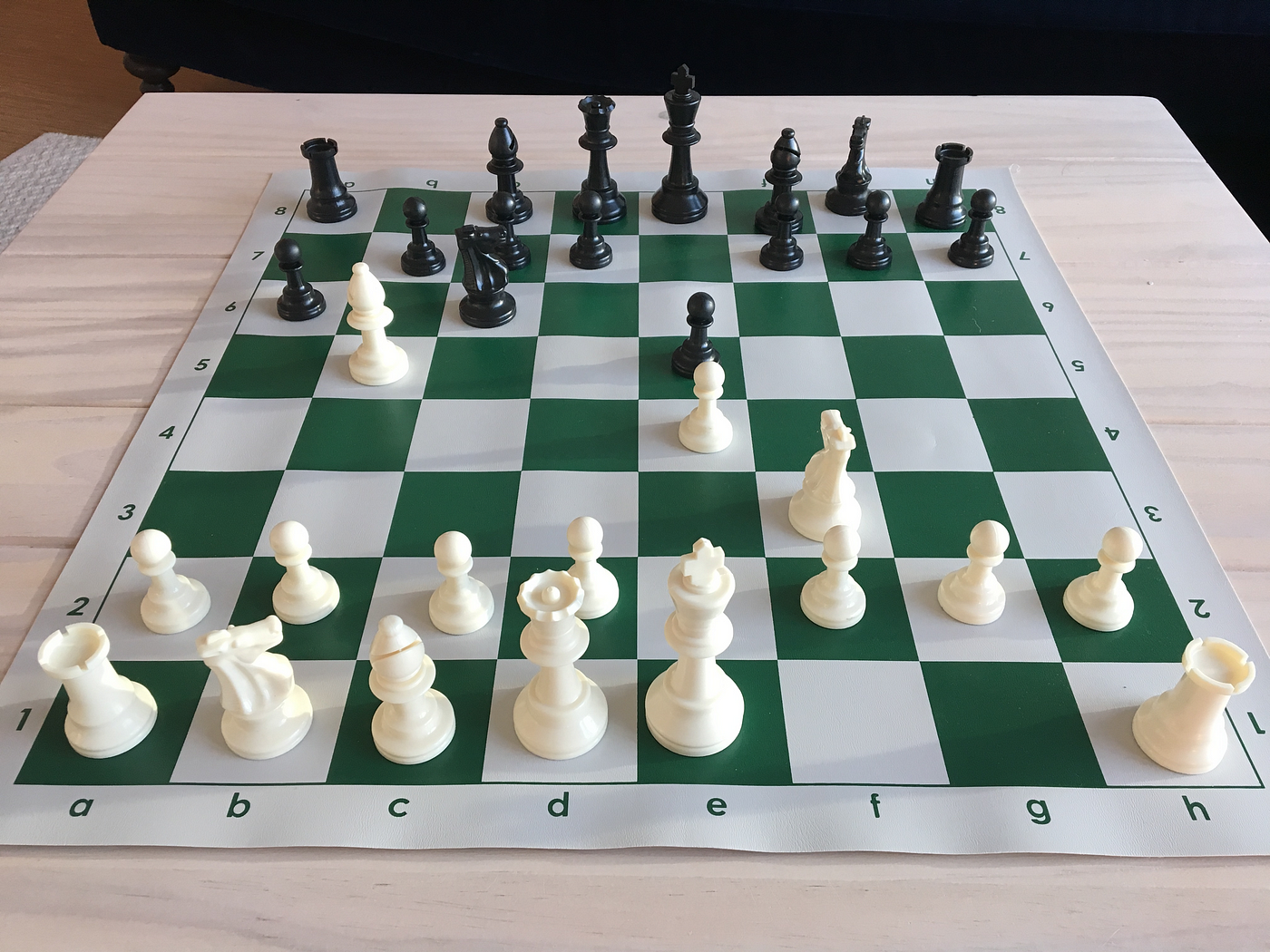
My month-long quest to become a chess master from scratch, by Max Deutsch

How to Win at Chess - Like a Pro! - Chessable Blog
Recomendado para você
-
 Chessable - Where Science Meets Chess03 janeiro 2025
Chessable - Where Science Meets Chess03 janeiro 2025 -
 Chess Pieces Names, Moves, Value, and More - 365Chess03 janeiro 2025
Chess Pieces Names, Moves, Value, and More - 365Chess03 janeiro 2025 -
Chess - Apps on Google Play03 janeiro 2025
-
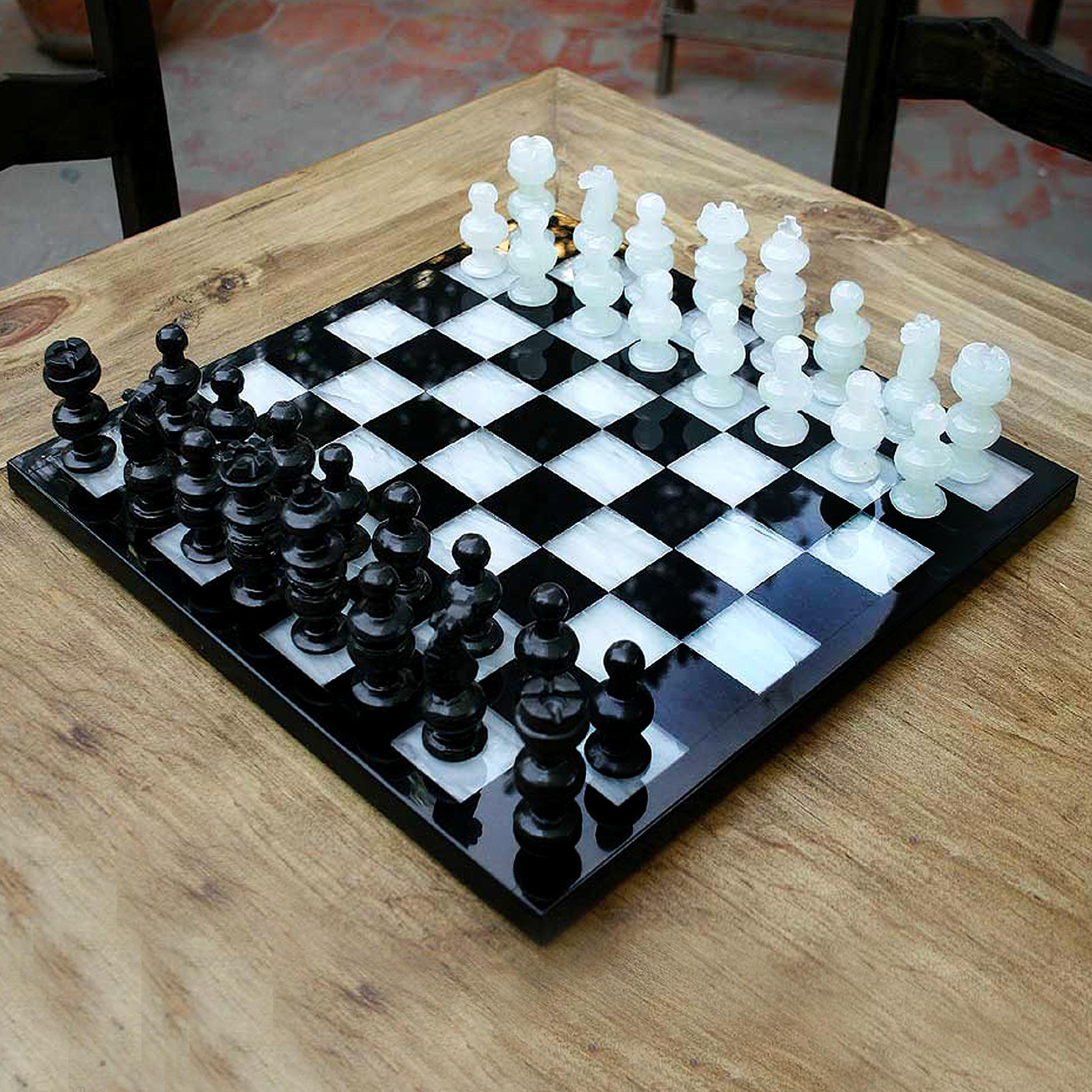 Wrought Studio Handmade Salvo Black Chess Board Game & Reviews03 janeiro 2025
Wrought Studio Handmade Salvo Black Chess Board Game & Reviews03 janeiro 2025 -
 How a Computer Plays Chess: an excerpt from Playing Smart - MIT03 janeiro 2025
How a Computer Plays Chess: an excerpt from Playing Smart - MIT03 janeiro 2025 -
 Chess is surging in popularity among all ages. Here's why03 janeiro 2025
Chess is surging in popularity among all ages. Here's why03 janeiro 2025 -
 What Happens When The Chess Clock Runs Out? - Chess Game Strategies03 janeiro 2025
What Happens When The Chess Clock Runs Out? - Chess Game Strategies03 janeiro 2025 -
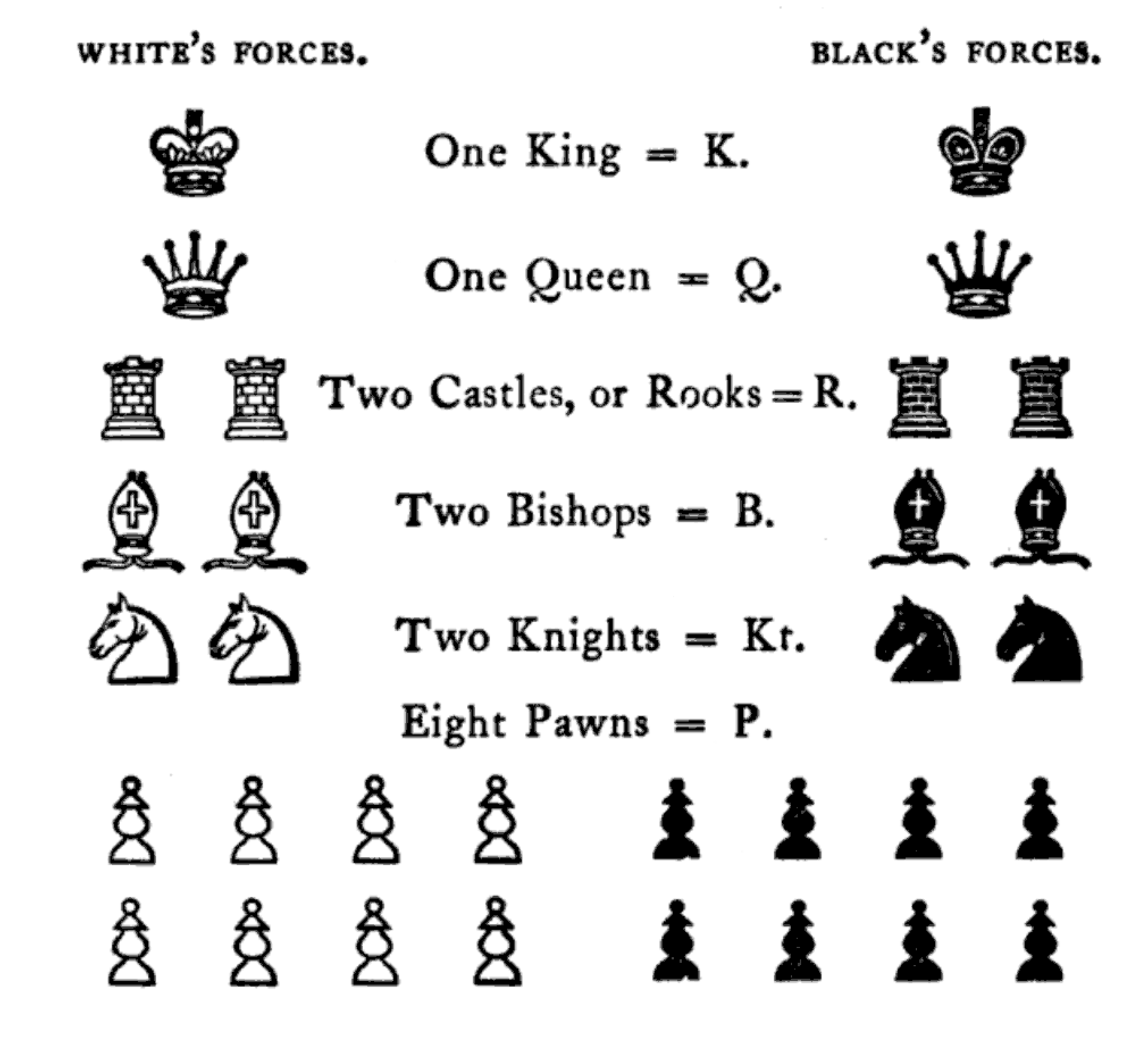 File:Hoyles Games Modernized 337.png - Wikimedia Commons03 janeiro 2025
File:Hoyles Games Modernized 337.png - Wikimedia Commons03 janeiro 2025 -
 Paco Sako Peace Chess Game, Super Fun for Chess Lovers03 janeiro 2025
Paco Sako Peace Chess Game, Super Fun for Chess Lovers03 janeiro 2025 -
 Chess Wooden Wooden Checker Board Solid Wood Pieces Folding Chess Board High-end Puzzle Chess Game03 janeiro 2025
Chess Wooden Wooden Checker Board Solid Wood Pieces Folding Chess Board High-end Puzzle Chess Game03 janeiro 2025
você pode gostar
-
 Критики в восторге: первые обзоры A Plague Tale: Requiem03 janeiro 2025
Критики в восторге: первые обзоры A Plague Tale: Requiem03 janeiro 2025 -
 Canal Noticias Digitais: Fabricante do Toddynho pagará R$ 420 mil03 janeiro 2025
Canal Noticias Digitais: Fabricante do Toddynho pagará R$ 420 mil03 janeiro 2025 -
 ethanzatezalo on X: kanye west forgor 💀#DONDA03 janeiro 2025
ethanzatezalo on X: kanye west forgor 💀#DONDA03 janeiro 2025 -
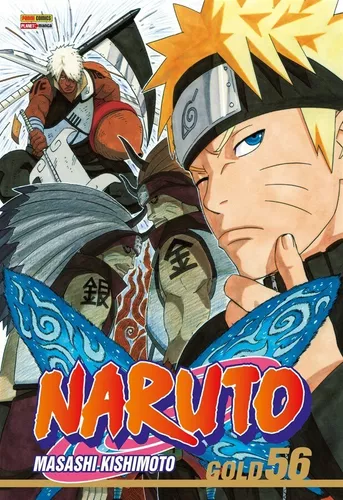 Naruto Gold Vol. 56, de Kishimoto, Masashi. Editora Panini Brasil03 janeiro 2025
Naruto Gold Vol. 56, de Kishimoto, Masashi. Editora Panini Brasil03 janeiro 2025 -
 Morre Dona Celina Fernandes, eterna batuqueira do Boi Garantido03 janeiro 2025
Morre Dona Celina Fernandes, eterna batuqueira do Boi Garantido03 janeiro 2025 -
 A Equipe de Ash em Sinnoh03 janeiro 2025
A Equipe de Ash em Sinnoh03 janeiro 2025 -
 10 Overlooked Anime From The First Half of 2023 That Deserve03 janeiro 2025
10 Overlooked Anime From The First Half of 2023 That Deserve03 janeiro 2025 -
 Bad Roblox TikToks on X: / X03 janeiro 2025
Bad Roblox TikToks on X: / X03 janeiro 2025 -
 Anime Fanarts — Character: Nice Anime: Hamatora the Animation03 janeiro 2025
Anime Fanarts — Character: Nice Anime: Hamatora the Animation03 janeiro 2025 -
 Listen To DLC Podcast Online At03 janeiro 2025
Listen To DLC Podcast Online At03 janeiro 2025